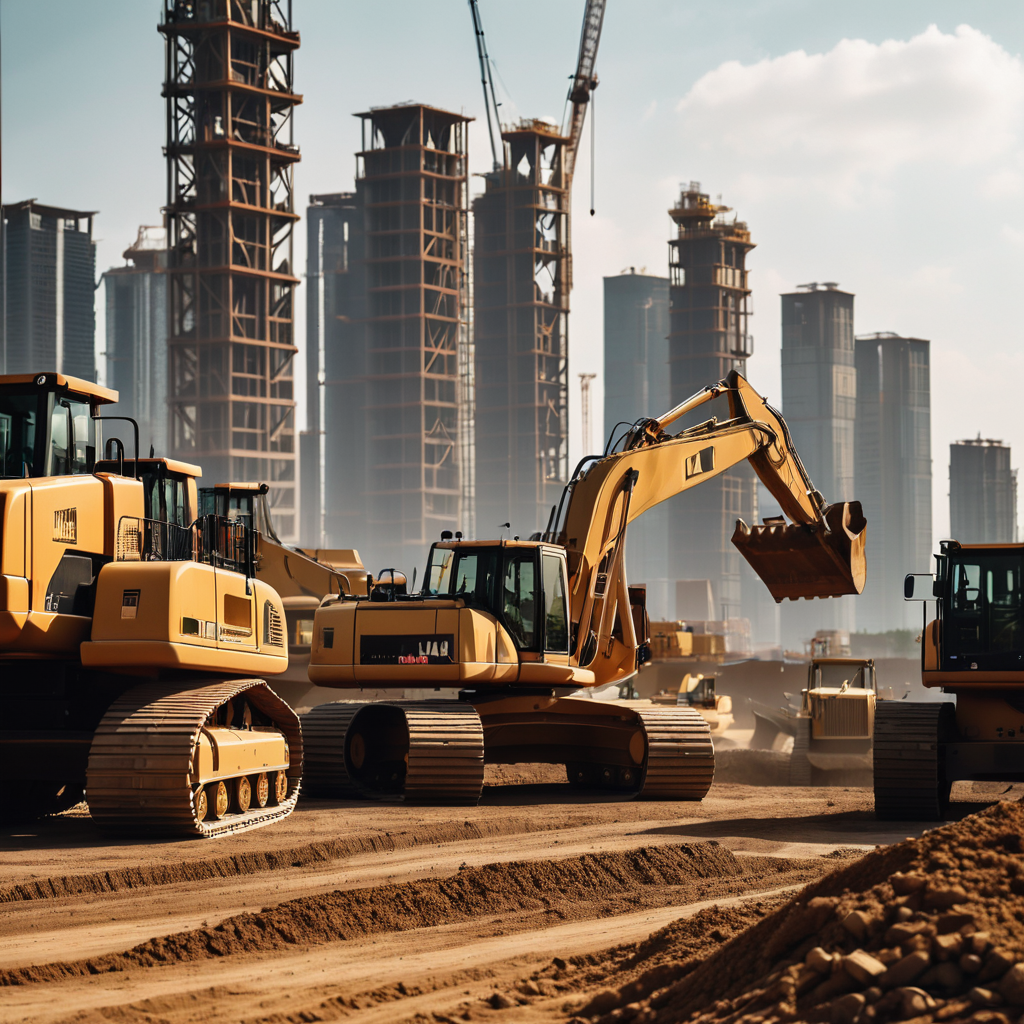
The construction industry, traditionally viewed as slow to adopt new technologies, is currently undergoing a remarkable transformation. As we advance into the future, a confluence of innovative technologies and methodologies is not only reshaping how structures are designed and built but also redefining the very essence of construction projects. This article explores the cutting-edge innovations that are paving the way for a more efficient, sustainable, and safer construction industry.
1. Augmented Reality (AR) and Virtual Reality (VR):
Augmented Reality and Virtual Reality are revolutionizing the construction industry by enhancing visualization, improving design, and facilitating better communication among stakeholders. AR allows engineers and architects to superimpose digital models onto physical spaces, enabling real-time visualization and adjustments. VR, on the other hand, immerses clients and designers in a fully interactive 3D environment, providing a tangible feel of the final product before any ground is broken. This not only improves decision-making but also helps in identifying potential design conflicts earlier in the process.
2. Building Information Modeling (BIM):
Building Information Modeling has transformed from a cutting-edge novelty to a foundational aspect of construction planning and management. BIM is a digital representation of the physical and functional characteristics of a facility, allowing for a more collaborative and integrated approach to construction. It enables architects, engineers, and contractors to work more efficiently, reducing costs and minimizing waste. Furthermore, BIM facilitates a more sustainable construction process by optimizing the use of resources and reducing the environmental impact.
3. 3D Printing in Construction:
3D printing is pushing the boundaries of what’s possible in construction, from printing individual components to constructing entire buildings. This technology offers the promise of significantly reducing construction time, waste, and costs, while also providing the flexibility to create complex, customized designs that would be difficult or impossible to achieve with traditional methods. Moreover, 3D printing holds the potential for building more sustainable structures by using eco-friendly materials and reducing the carbon footprint associated with construction activities.
4. Prefabrication and Modular Construction:
Prefabrication and modular construction are not new concepts, but advancements in technology and manufacturing have elevated them to new heights. By constructing components or entire buildings off-site in a controlled environment, the construction process becomes faster, safer, and less subject to the uncertainties of weather and site conditions. This method not only streamlines the construction process but also significantly reduces waste, making it a greener alternative to traditional construction methods.
5. Robotics and Automation:
Robotics and automation are making their mark in the construction industry by taking on tasks that are dangerous, repetitive, or require a level of precision difficult for humans to achieve. From bricklaying robots to drones for surveying and monitoring construction sites, these technologies are enhancing productivity and safety. As robotics and automation technology continues to evolve, the future could see even more significant shifts in how construction tasks are performed.
6. Green Construction and Sustainable Materials:
Sustainability is becoming a cornerstone of the construction industry, driven by both regulatory requirements and a growing recognition of the sector’s impact on the environment. Innovations in green construction techniques and sustainable materials are leading to the development of energy-efficient, environmentally friendly buildings. From the use of recycled materials to the integration of renewable energy sources, the industry is exploring ways to reduce carbon footprints and promote sustainability.
The future of construction is bright, with innovation playing a pivotal role in shaping the industry. These advancements promise not just to make construction faster, safer, and more cost-effective, but also to ensure that it is sustainable and capable of meeting the challenges of the 21st century. As these technologies continue to evolve and mature, they will undoubtedly unlock new possibilities, transforming the landscape of construction in ways we can only begin to imagine.
Cedar Hill St. Louis Jefferson County Olivette Kirkwood Ballwin Arnold Franklin County St Charles County Fenton High Ridge Dittmer Creve Coeur
